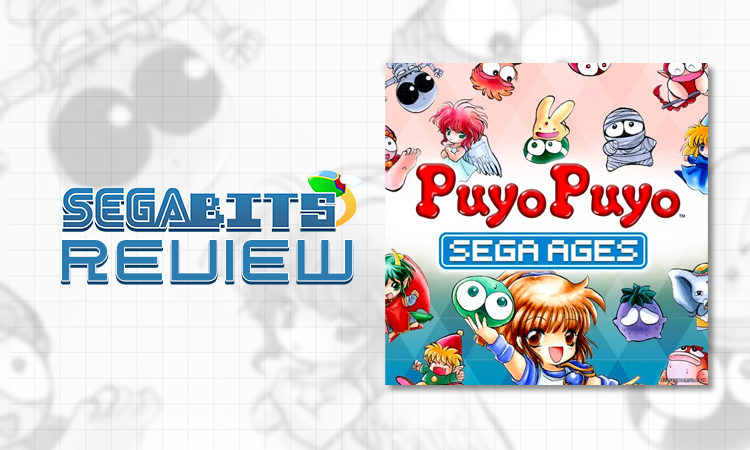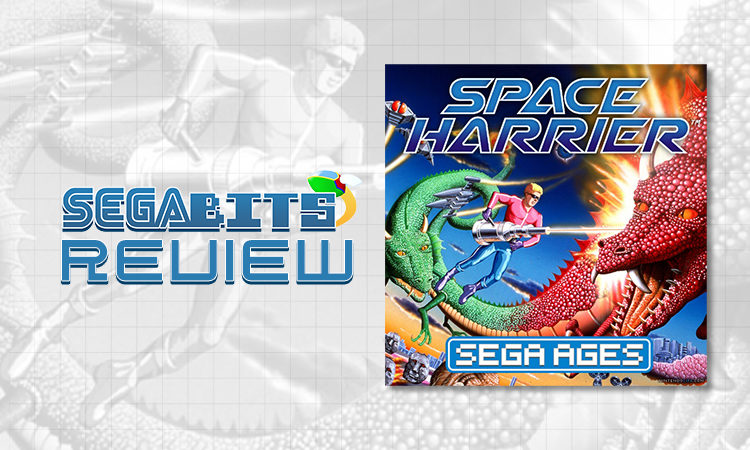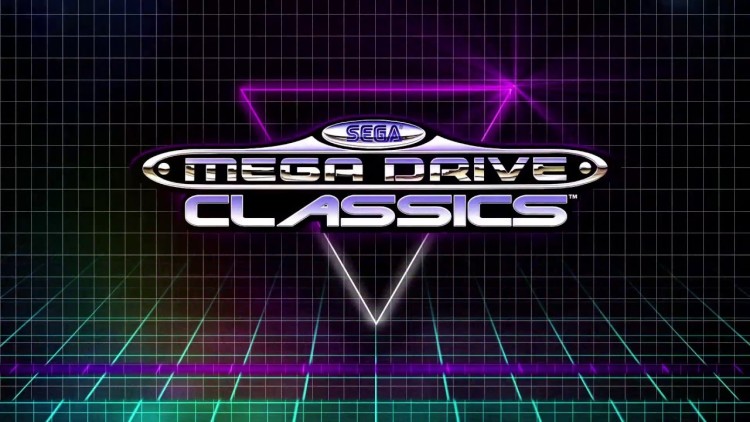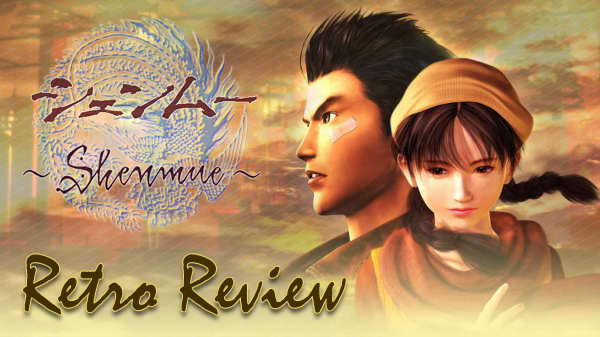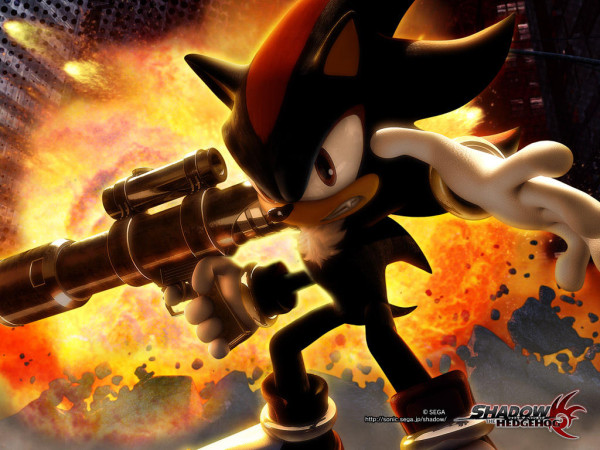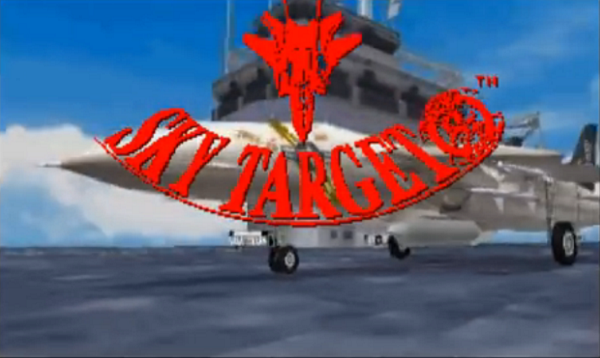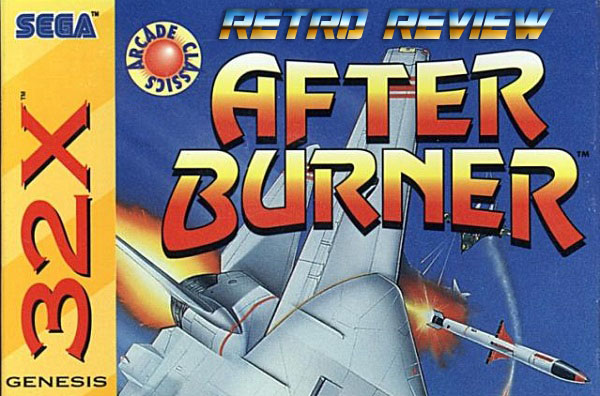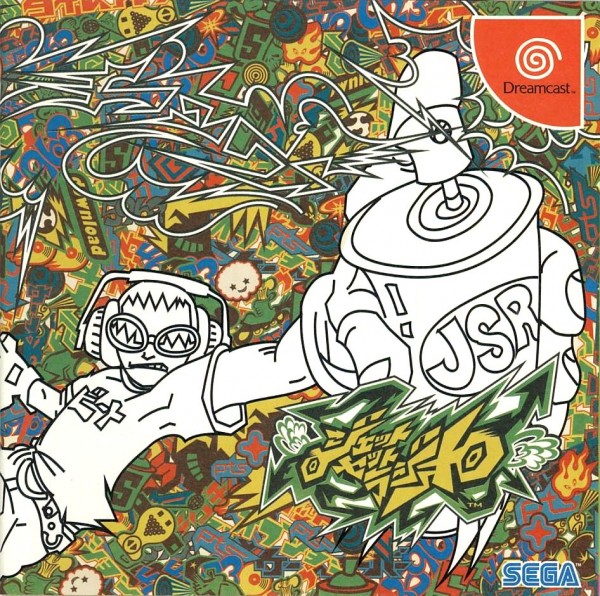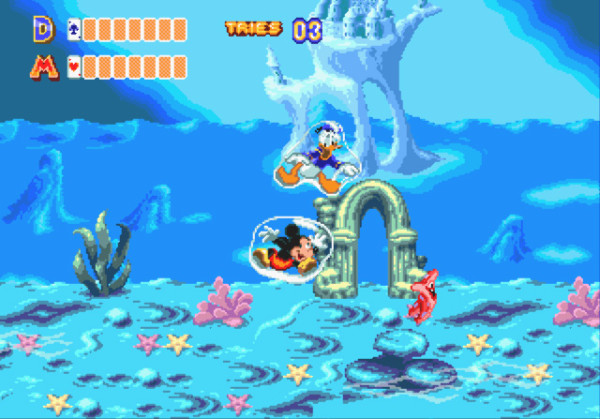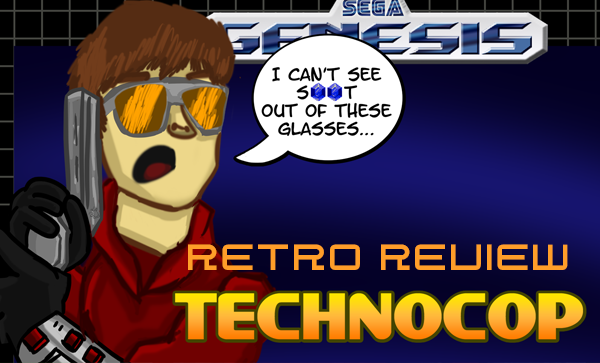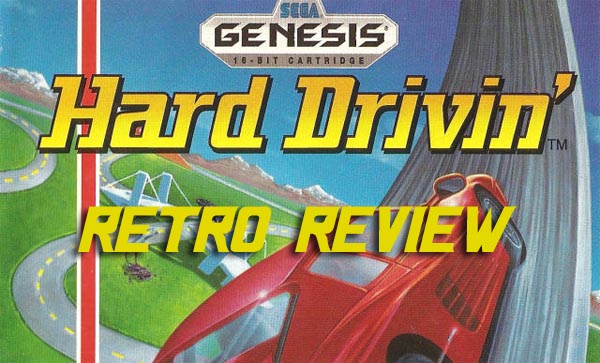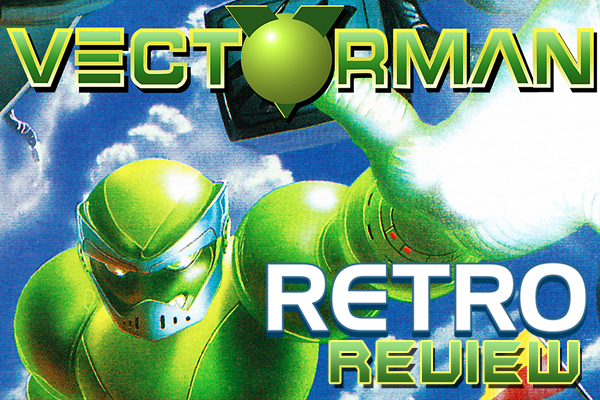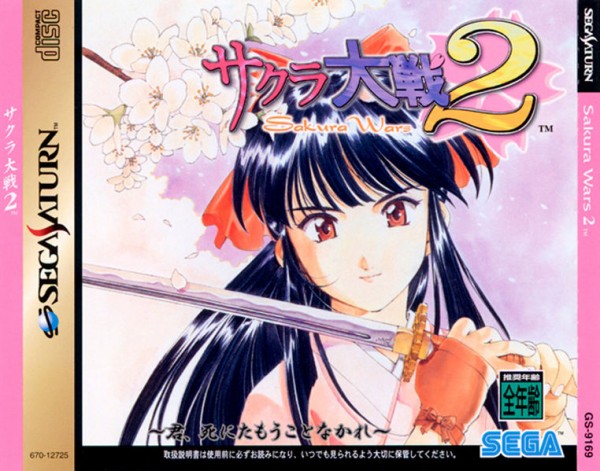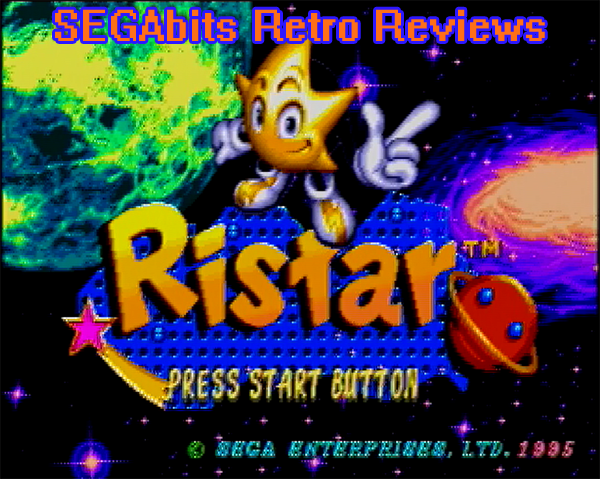SEGA AGES Puyo Puyo Review – A Great Surprise for Puzzle Fans (Nintendo Switch)
M2, in collaboration with SEGA, has been doing a great job with the SEGA AGES series of arcade and Genesis ports. Despite being rereleases, there are quite a few new options and features not found in the original releases of games. Add in the portability factor, and you have an attractive new way to play classic SEGA titles. This latest release for the SEGA AGES series sees a never localized port of Puyo Puyo from the arcade will take some puzzle lovers by surprise.

